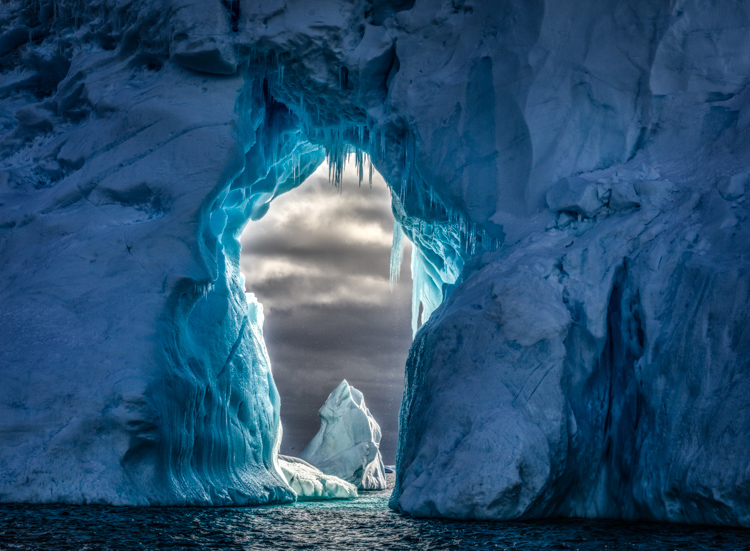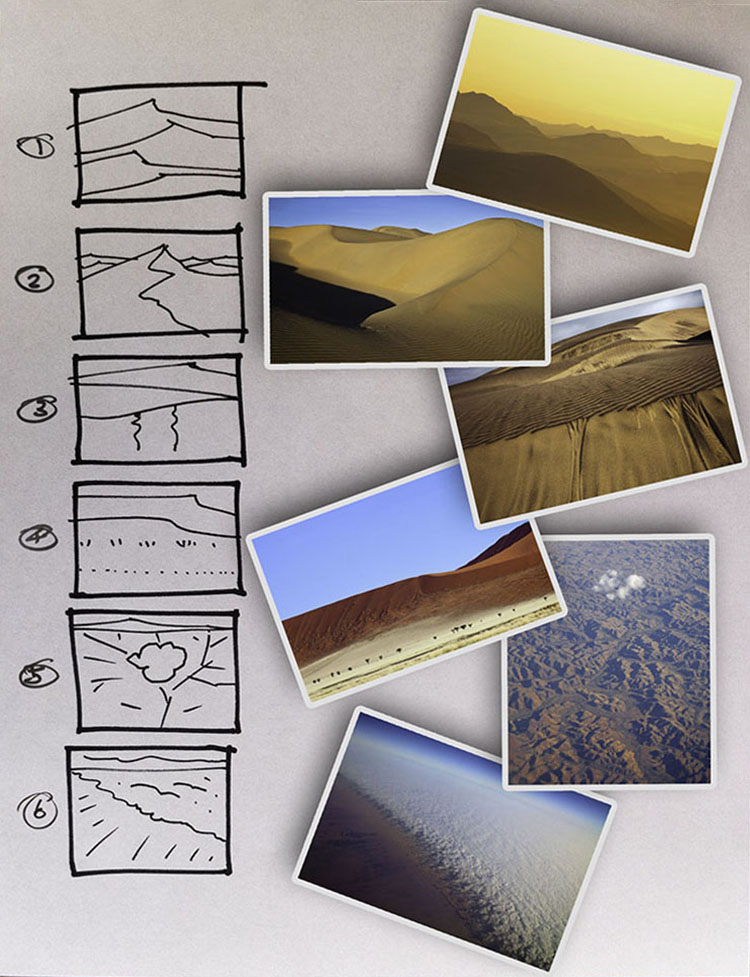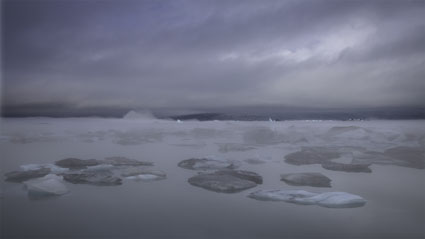4 Tools You Can Use To Control Focus And Flow When Sequencing Your Images
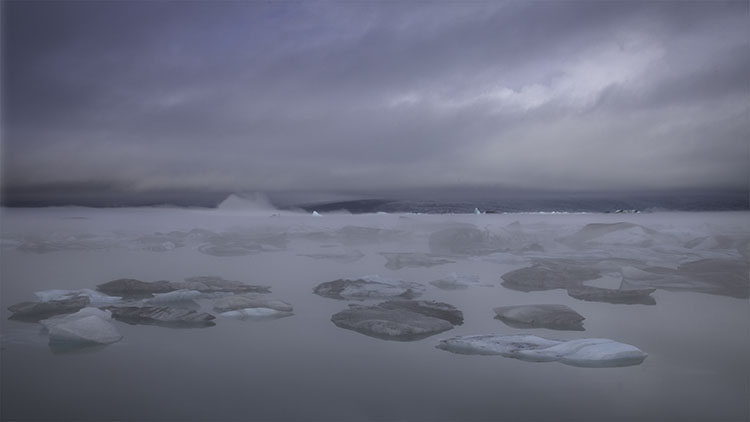
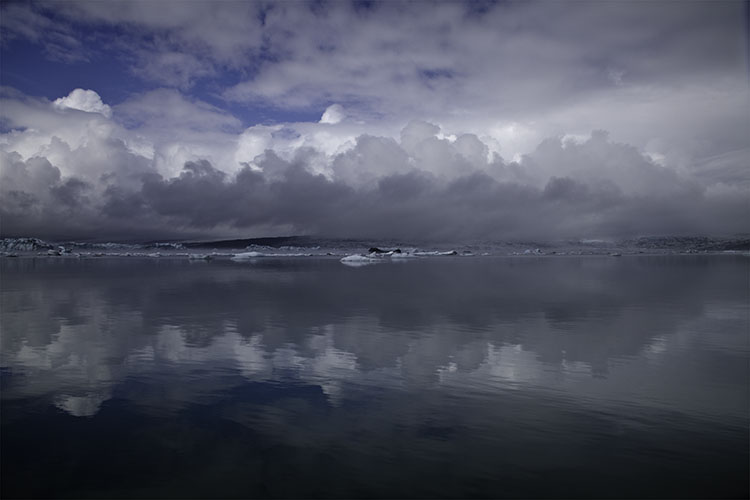
Viewers search for significant changes between images presented together and the significance of the changes between them. It’s continuity. Every screenwriter needs to create it. Every storyboard needs to interpret it. Every director needs to guide it. Every editor needs to refine it. If you’re a still photographer, you may be called to do all of these things.
Continuity lies at the heart of the art of visual storytelling. The types of images selected and the transitions made between images presented in groups are powerful tools for visual communication. Sequences can provide useful comparisons and contrasts between separate images. They set a pace and rhythm for looking. Carefully orchestrated, they can create the illusion of moving in time, forward or backward, linearly or non-linearly. The best sequences make images, both collectively and individually, clearer, more meaningful, and more moving.
Photographers can use continuity to guide explorations on site and find more images; use a storyboard as a checklist to make sure no angle goes uncovered. Photographers can use continuity to find missing gaps or resolve challenging transitions in ongoing projects, update a storyboard and find out what you’ve got too much of and what you don’t have enough of, or find bridges to connect disparate images. Photographers can use continuity to edit, sequence, and present existing work more effectively; fine-tune an existing story to make it richer and more compelling or create a new one.
There are many classic strategies for sequencing images and creating transitions between them. They’re tools, not rules, that can be applied in many ways. How you apply them ultimately becomes a part of your style.
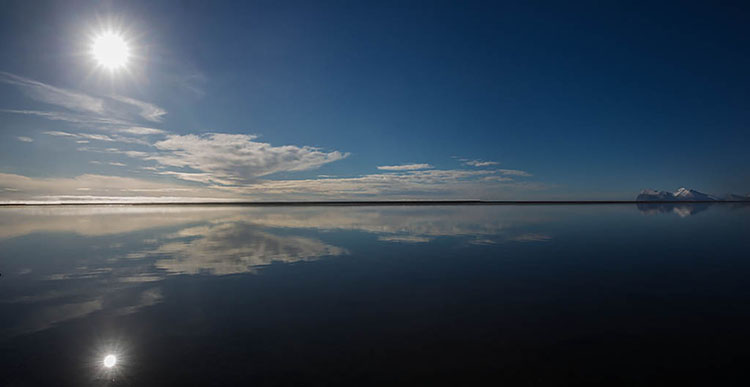
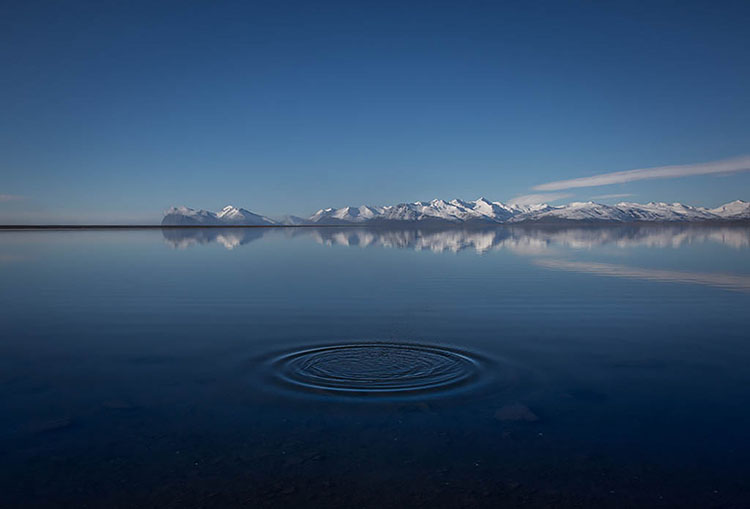
Because of persistence, this pair of images reads as one unit or a serial image.


